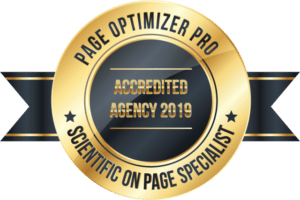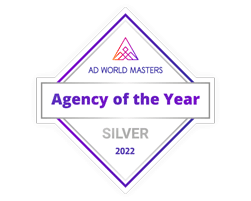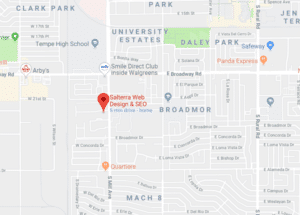
A blog is a website that organizes posts according to categories and tags. It has a commenting system, a commercial purpose, and a way to publish new content. This article will provide an introduction to the two types of websites. A blog can be used for personal or business purposes, but a website suits companies and people with a more professional outlook.
Blogs are a type of website.
Blogs are sites maintained by an individual or small group of people. Blogs are often presented conversationally and are informal and personal in style. As a result, they are relatively easy to manage and maintain. Some corporations also put out blogs for informational purposes. They are usually set up so visitors can leave comments and interact with the author. However, comment moderation can be time-consuming and cumbersome. Regardless of its purpose, many people create a blog as a form of personal journaling.
Blogs are becoming a popular alternative to traditional websites for many small businesses. Unlike a conventional website, a blog is dynamic, regularly updated, and includes a comments section where readers can interact with the content creators. A blog also helps a business improve its search engine optimization. Blogs also have a built-in RSS feed feature that automatically updates whenever a new post is published when connected to your social network online.
Tags and categories organize them.
Tags and categories help blog owners organize posts. Tags are like an index, allowing readers to find a specific position based on its content. Tags are also helpful for search engines. They enable readers to search for topics related to their interests, such as “food” or “recipes.”
For example, a news or opinion blog may want to group the content by category. Categories may also highlight particular people or places. For example, a baseball blog might discuss individual players, teams, owners, games, and standings. It would be helpful to group content by individual team names, player names, and locations. Categories and tags allow readers to find content quickly and easily.
Tags and categories are an excellent way to organize your blog and help readers find the necessary information. When creating tags, however, be careful not to overdo it. For example, tags can be too specific, which means readers may need to click through several pages to find what they’re looking for. On the other hand, categories should be broad but unique so that readers can easily navigate them.
They have a commenting system.
Many blog sites use a commenting system to enable visitors to interact with each other. The system lets visitors comment on a post by connecting their profile or Facebook business page. This functionality helps blog owners get to know the people commenting on their posts. In addition, notifications are sent to the blog owner whenever a comment is liked or responded to. The system also provides statistics to help blog owners get to know their readers. For example, a commenter’s location, job title, school, and gender are displayed. In addition, users can check a box to publish their comments on their Facebook page.
Commenting systems are essential for a blog site. Choosing the right approach depends on the theme of your blog. The commenting system should be user-friendly and attractive. In addition, it should be free and easy to install. Intense Debate is a popular commenting system and supports popular CMS solutions. It also has a user-friendly administration interface. It is also very customizable so that you can change the look and feel of your blog. It also has a user rating system and a voting system.
They have a commercial intent.
When people search for a product or service online, they typically have a specific intent. In the case of a blog site, this intent may be to learn more about the product or service or to make a purchase. But it’s essential to remember that not all users who land on a blog have the same commercial intent. If your page fails to meet its goal, they will click the back button to find another page. That’s not good for the search engine – you want to attract people who will buy your products and services, not just bounce them.
They promote interactivity
Interactivity is one of the best ways to boost visitor retention. It encourages readers to stay longer and make more purchases. In addition, it increases the likelihood of conversions. Using chatbot technology can make this possible. A blog can be an excellent place to experiment with different ways to promote interactivity.
One way to encourage interactivity on a blog is by embedding customer content. Skincare brand Glossier, for example, features a gallery of Instagram content generated by real customers and allows visitors to click on the photos to shop for the items. Another easy way to incorporate interactivity into your website is by using various social plugins. These tools allow you to embed content or select from a list of already-existing elements. Before implementing these tools, consider the types of interactivity you want for your site.
About Salterra Digital Services
Salterra was started in 2011 by Terry and Elisabeth Samuels; nothing fancy or pretentious. Quality work at a fair price. Beginning with a web design focus, they quickly learned that while having a fantastic website to highlight your business is a great start, marketing is intrinsically foundational for our clients. When several clients did not see results through the search efforts of other companies, Terry took it to the next level. While digging into SEO and marketing, he found something he was passionate about. His inner geek pushed him to focus solely on the data and analytics side of the business, while Elisabeth built on her creative and visual strength and expanded the design side. In the industry, it is not always common to have both designers and digital marketing so closely connected, but to them it made perfect sense. Salterra’s World Headquarters is in Tempe Arizona
Terry and Elisabeth are the Hosts of Roundtable SEO Mastermind Series and SEO Spring Training Conference.








